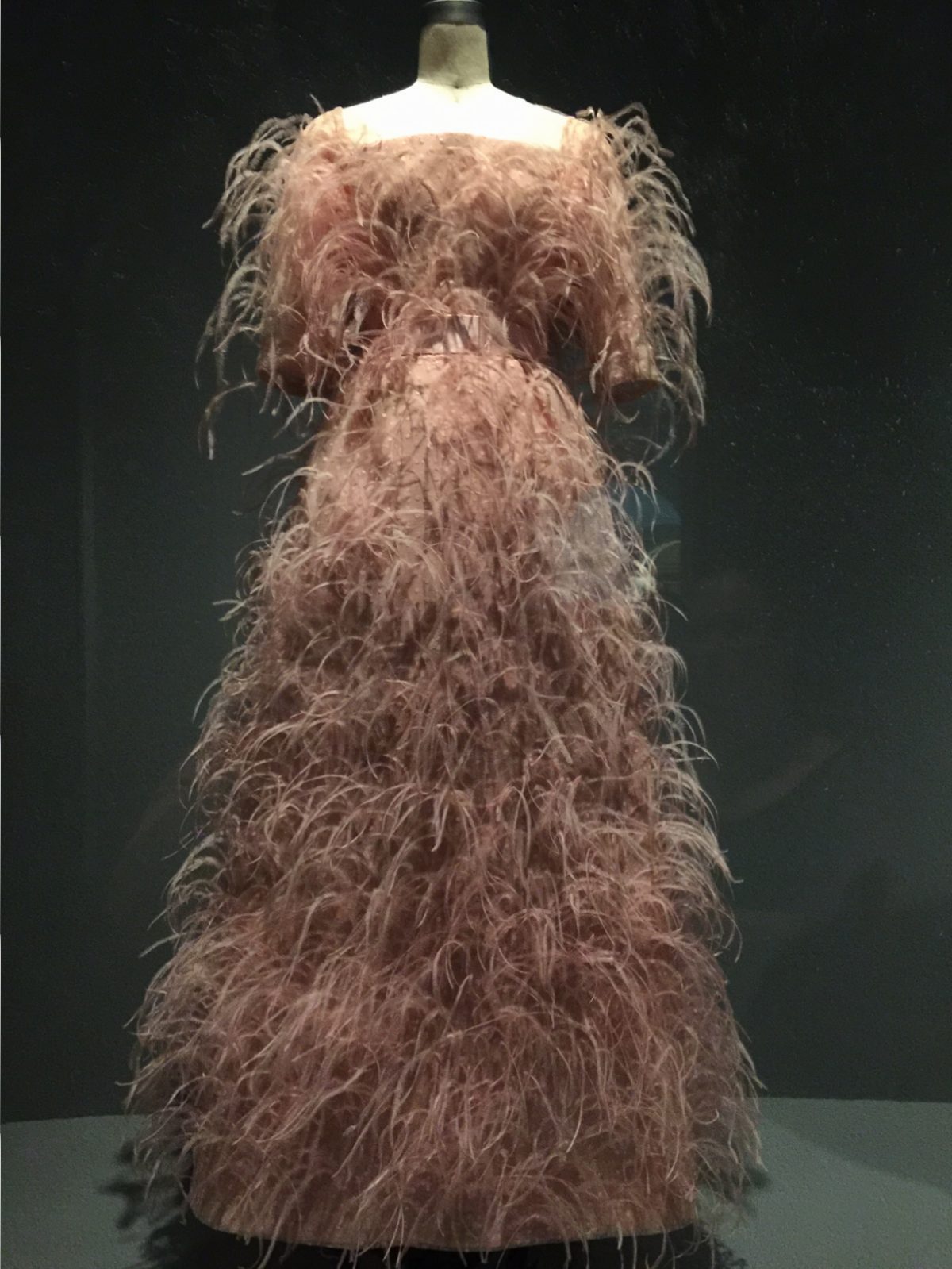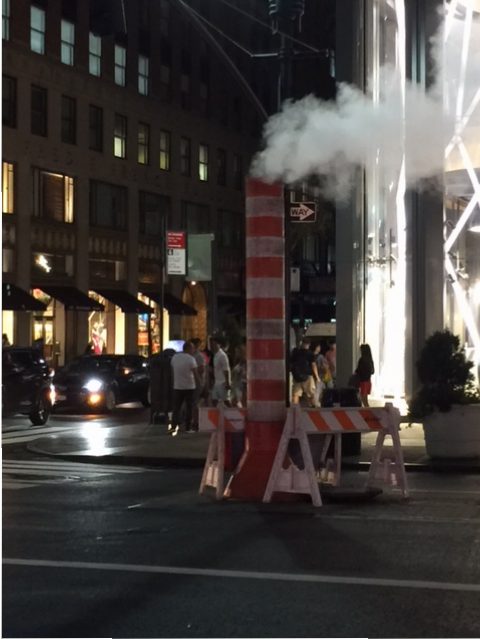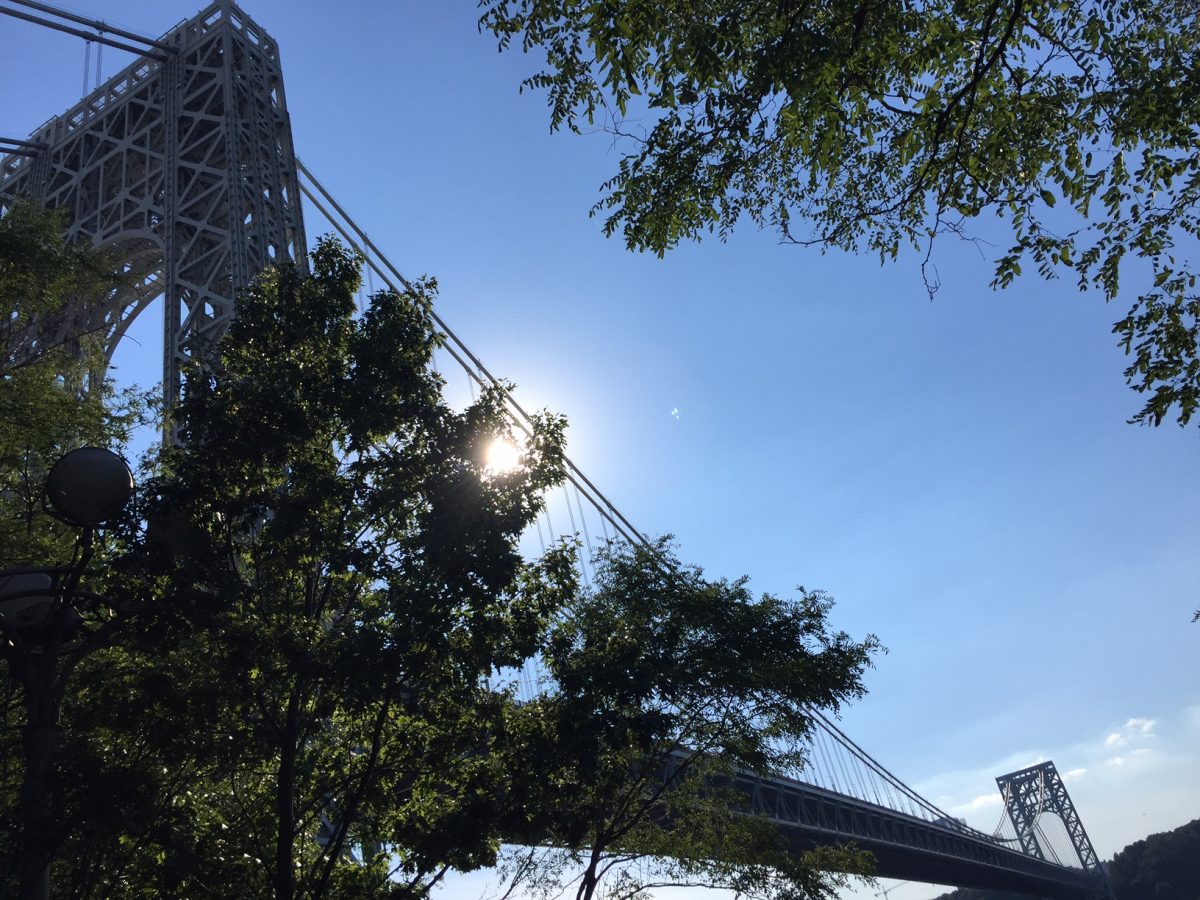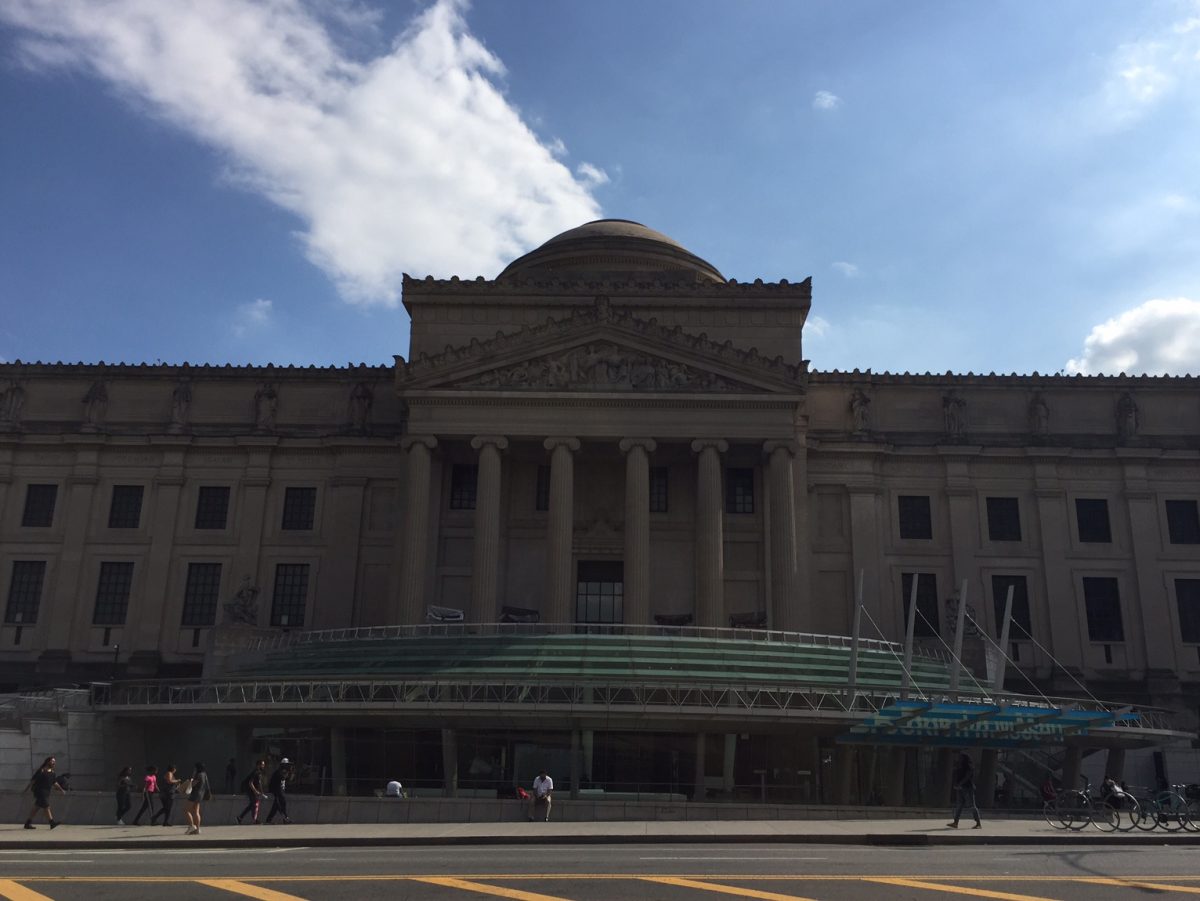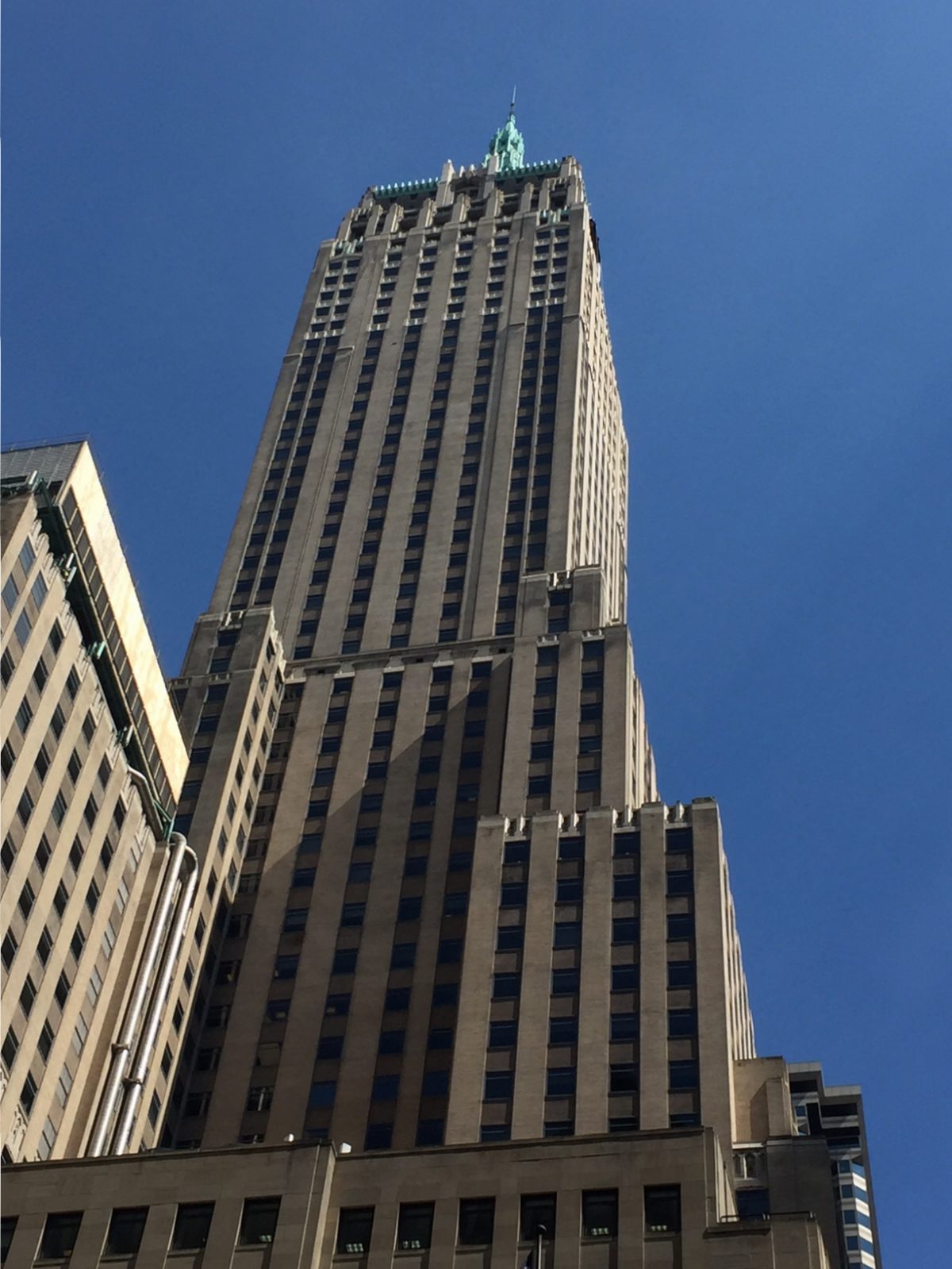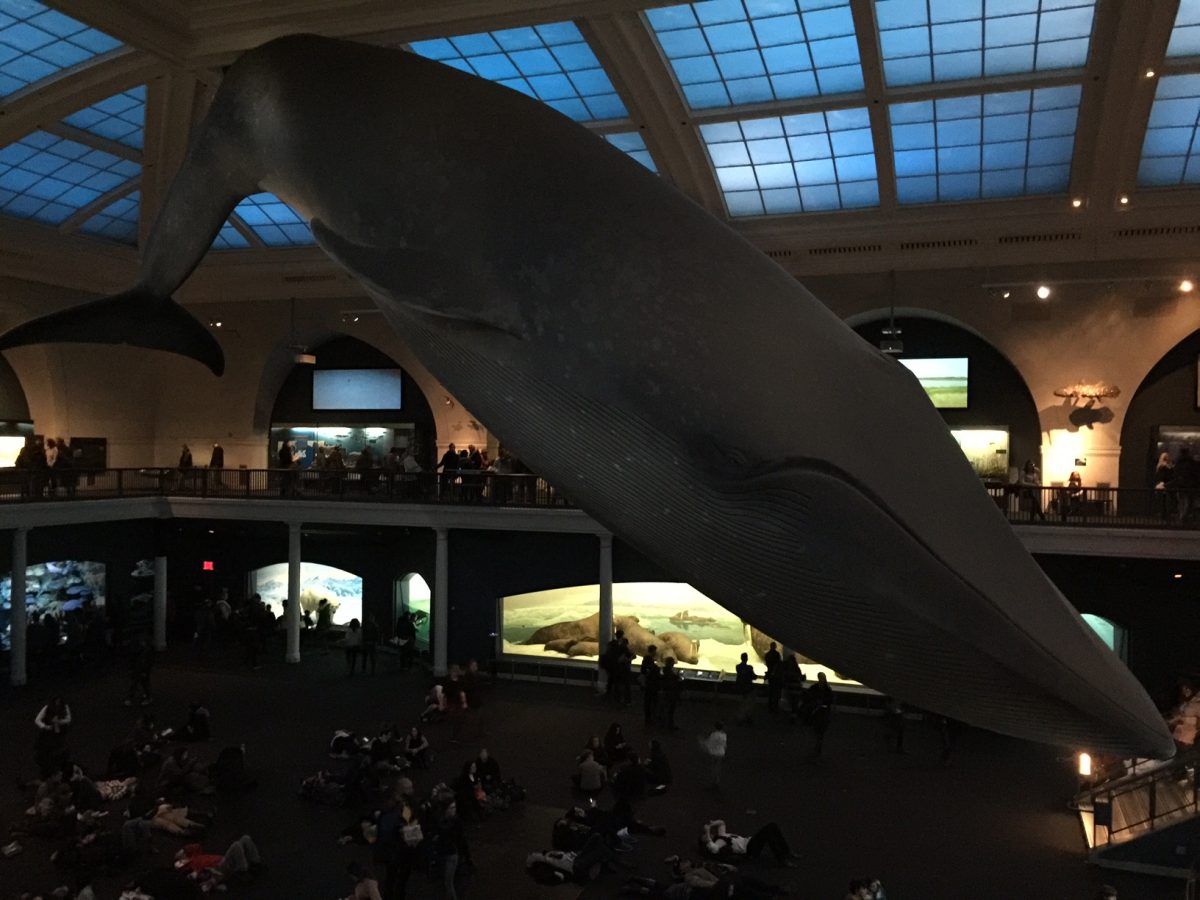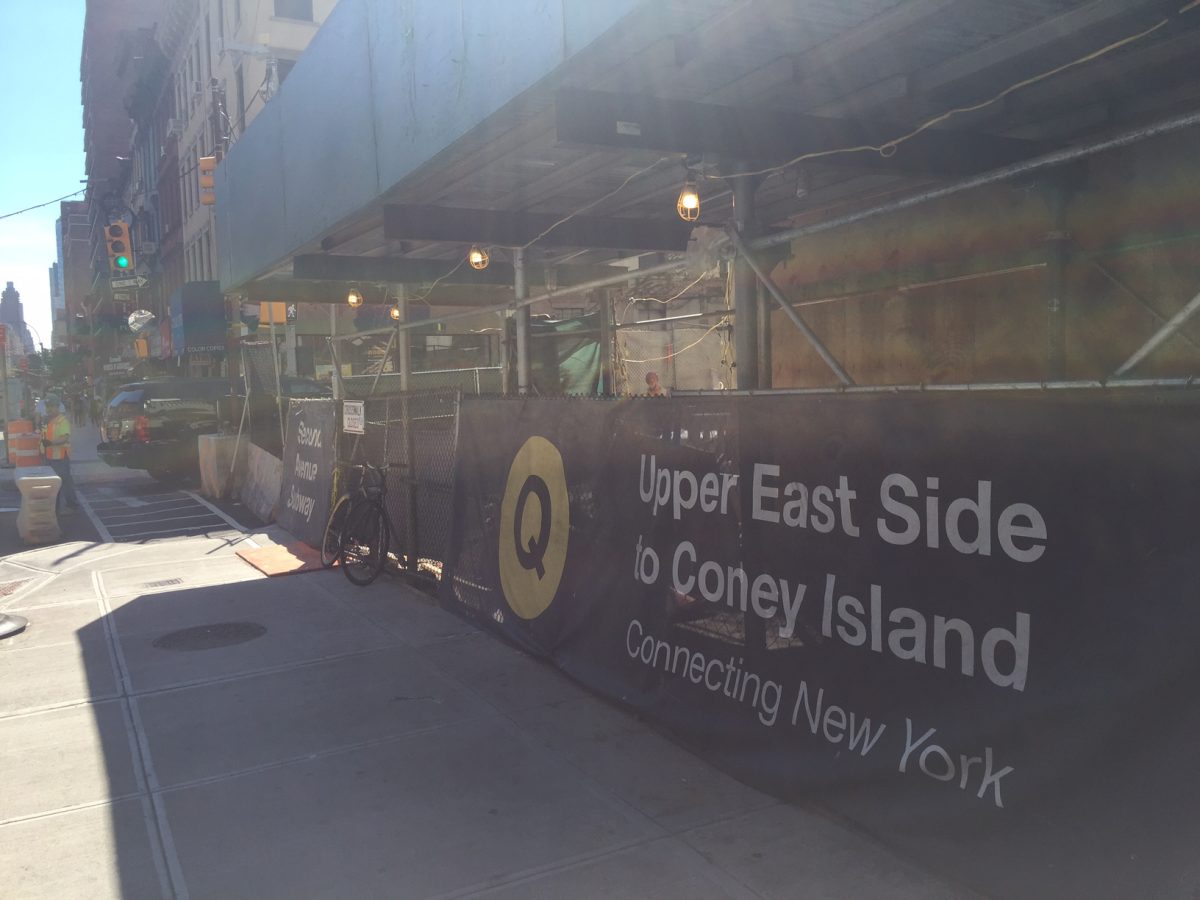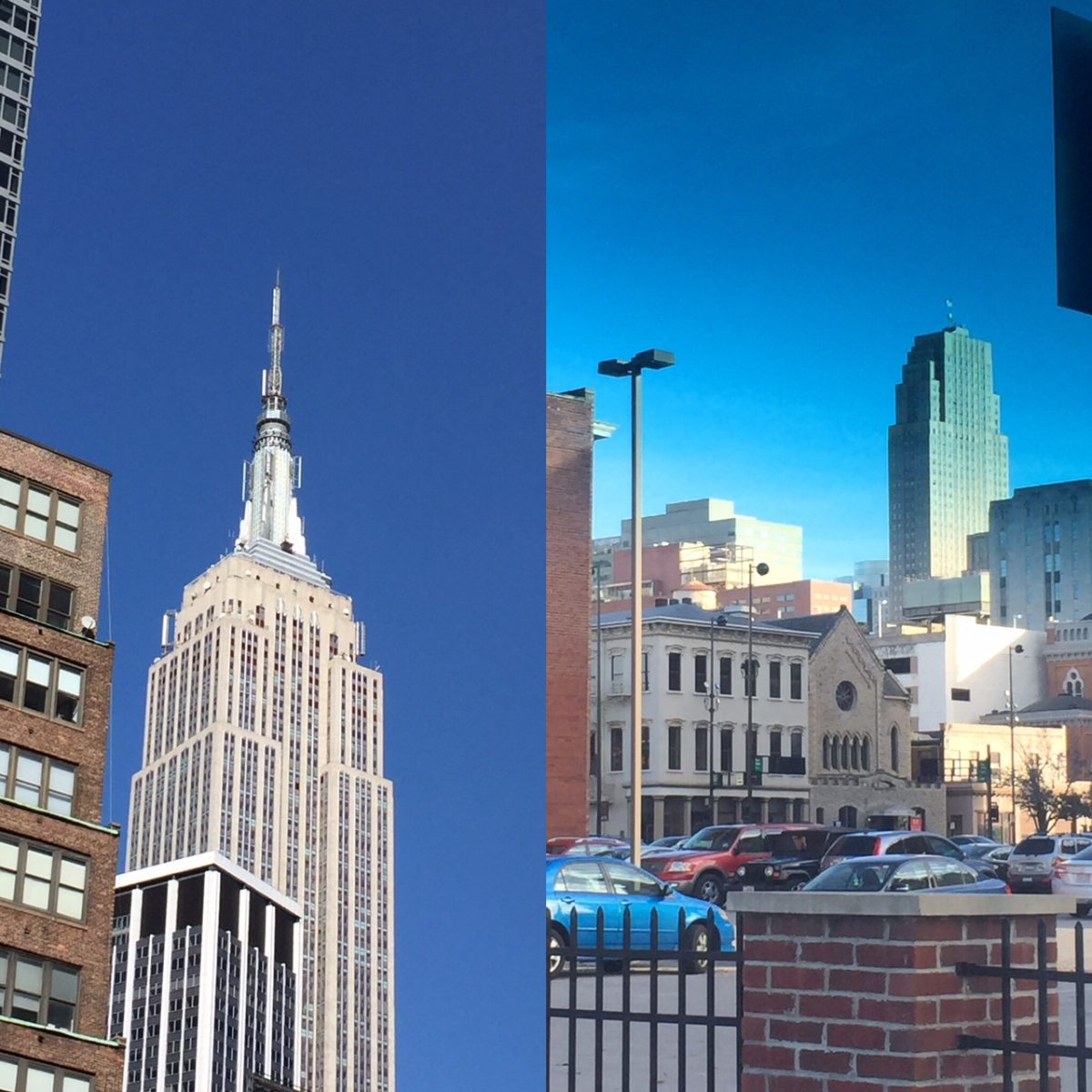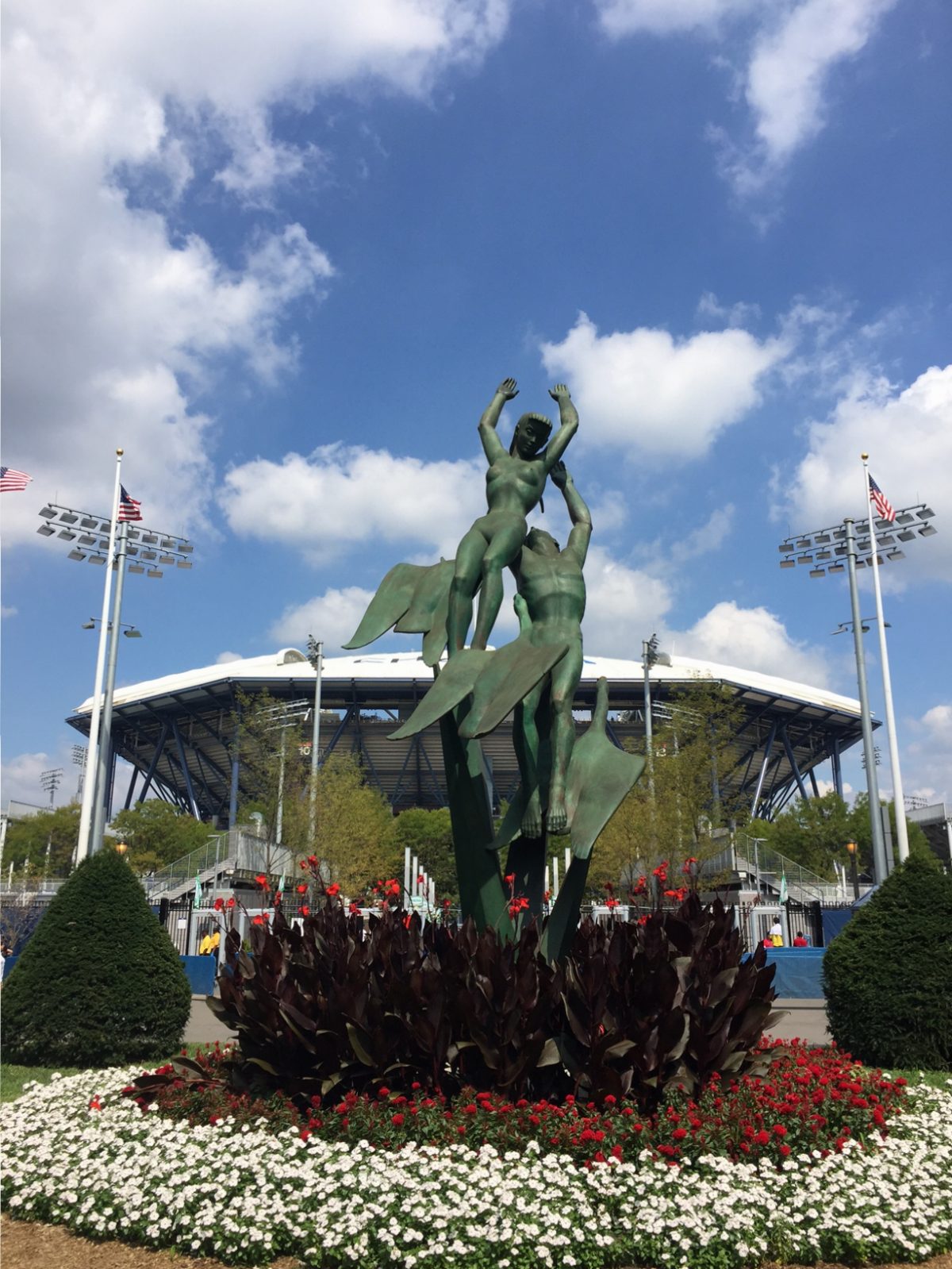One of the major collections of the Metropolitan Museum of Art is its collection of costumes held in the Costume Institute. Officially named the Anna Wintour Costume Center (after the longtime editor of Vogue magazine), the Costume Institute concentrates on changing exhibits of costumes and gowns that help to preserve these unique objects and show the history of fashion.
The Costume Institute can trace its origins to the 1937 Museum of Costume Art. While this institution was supported with contributions from the fashion industry (who naturally sought to bring awareness to the history of fashion and costumes), the museum merged with the Metropolitan Museum of Art in 1959, becoming the Costume Institute. In 2009, the Brooklyn Museum donated its collection of costumes to the Costume Institute, bolstering its collection to over 50,000 objects (many of them rare). The Costume Institute receives its funding through donations (via the “Friends of the Costume Institute”) and the annual Met Gala in spring, which not only raises money for the institute, but also shows off the new exhibit for the Costume Institute every year.
Famous exhibits at the Costume Institute in the past have centered on the fashion of U.S. First Ladies, Chinese imperial court wear, and works of the great European fashion houses among many others. Being located at the flagship Metropolitan Museum of Art on Fifth Avenue, the Costume Institute can easily be combined with a trip to the Metropolitan Museum of Art or another museum along the world-famous Museum Mile. This is the type of information you will learn on a Sights by Sam tour.

